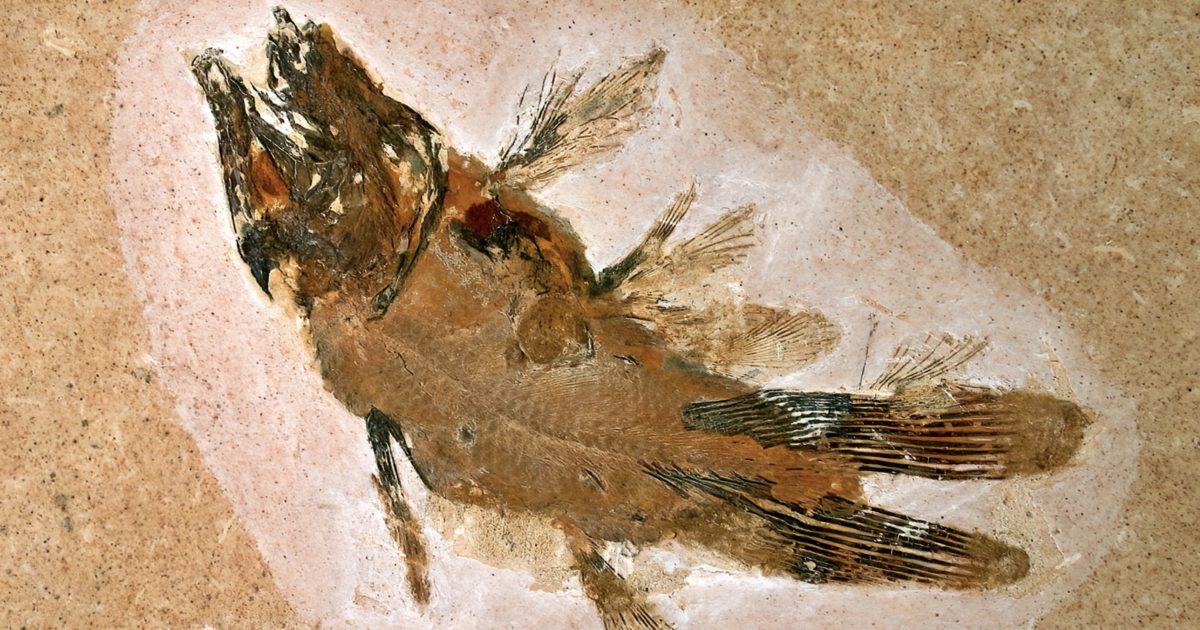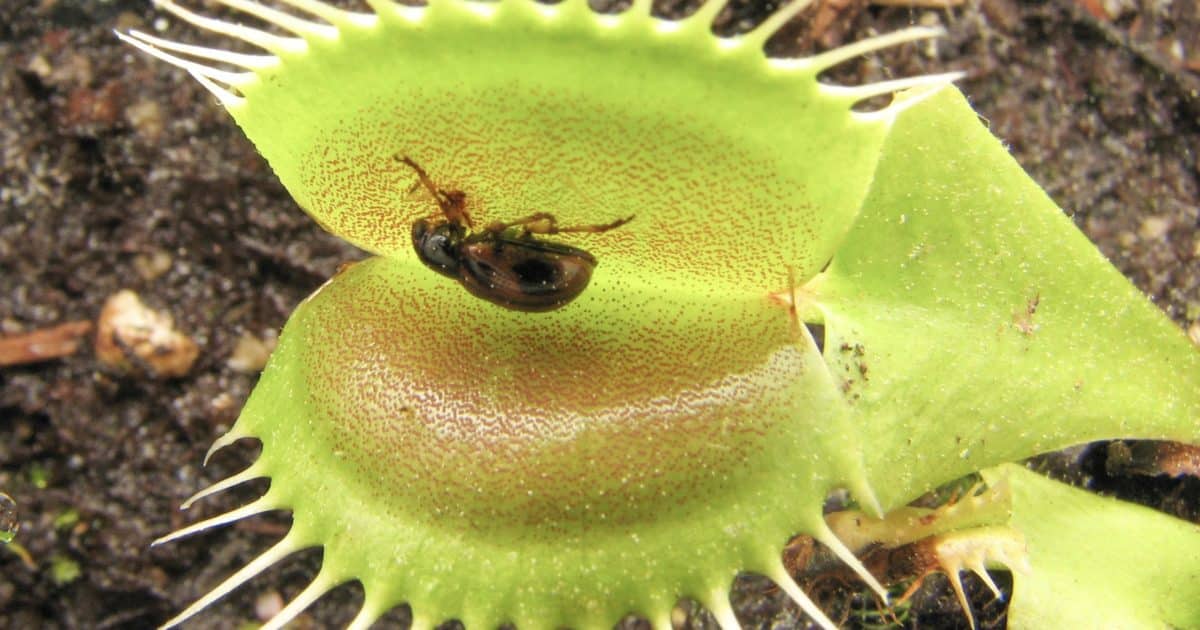
Brazil

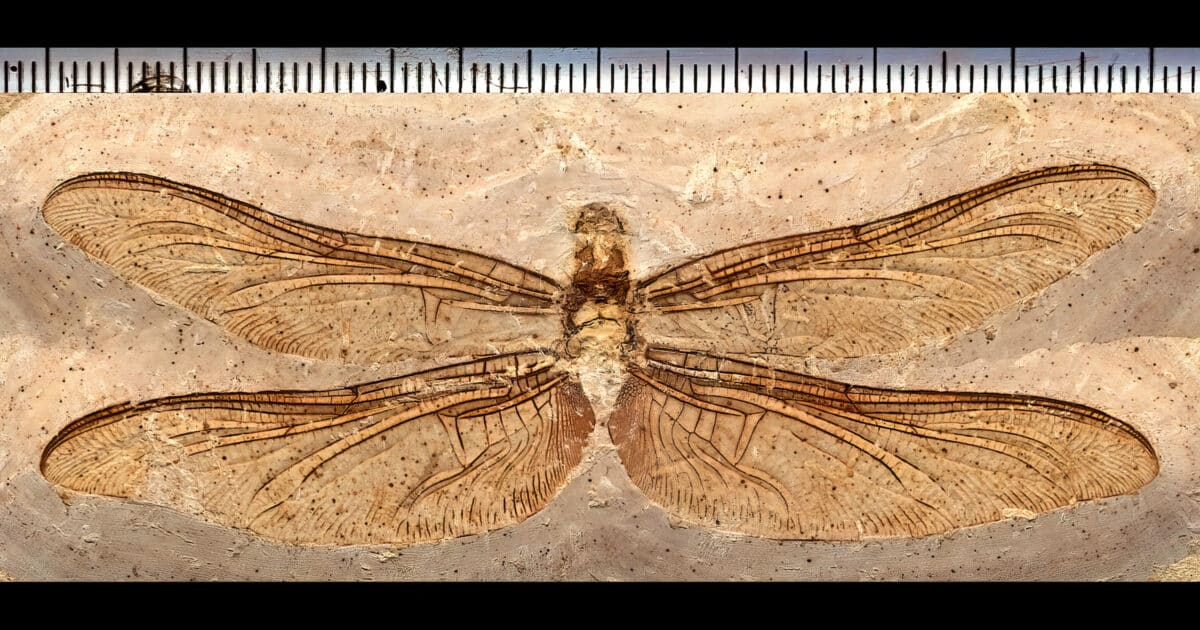
Fossil Friday: Abrupt Appearance of a Distinct Dragonfly Group

Monkeys, Not Humans, Likely Made Ancient Brazilian Tools

Fossil Friday: The Complex Wing Folding of Earwigs

Fossil Friday: Flowering Plants — Darwin’s Abominable Mystery

Fossil Friday: A Fossil Butterfly Lookalike

ID on the Beach: Brazilian Conference Is a Hit on Copacabana
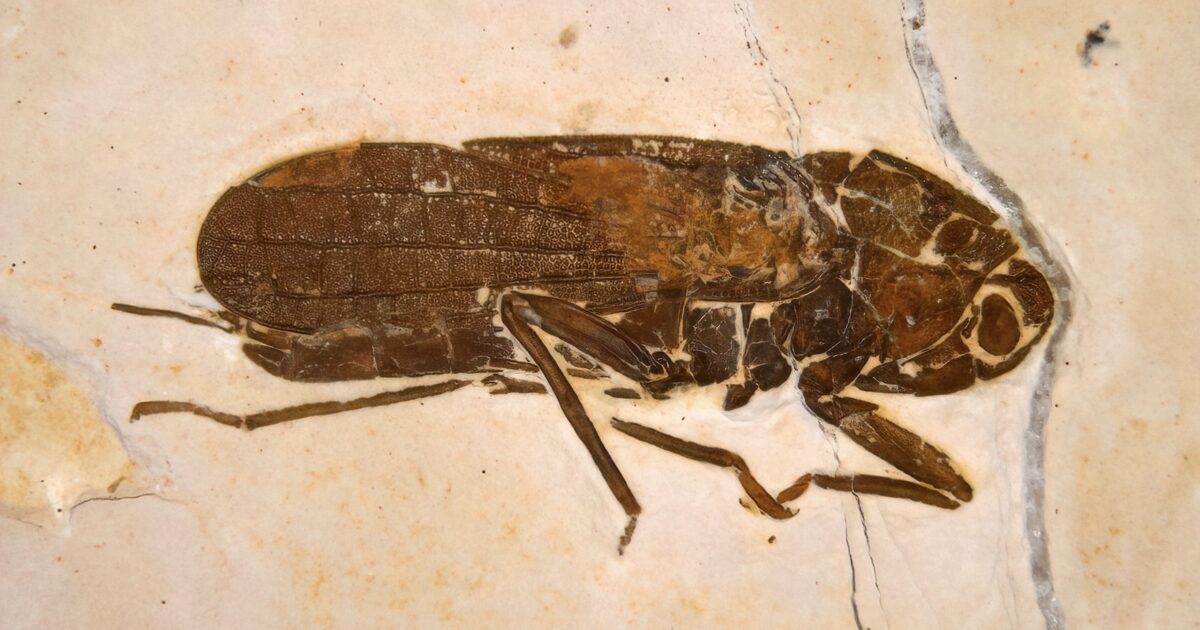
Fossil Friday: Unknown Cicada from the Cretaceous
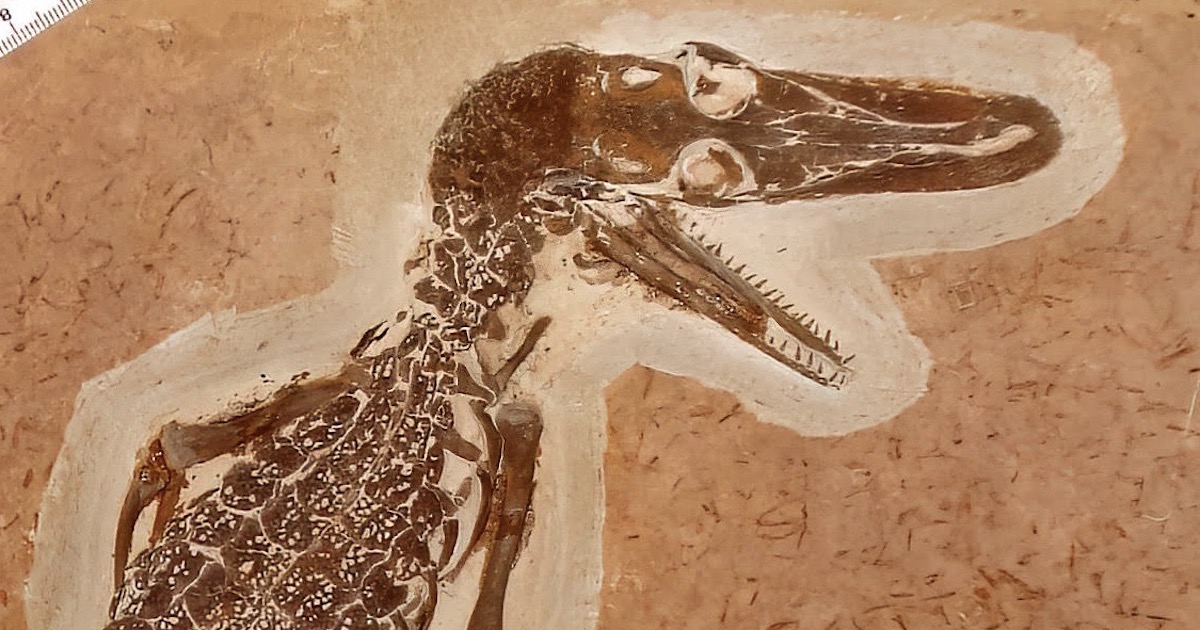
Fossil Friday: A Croc Smile from the Cretaceous
